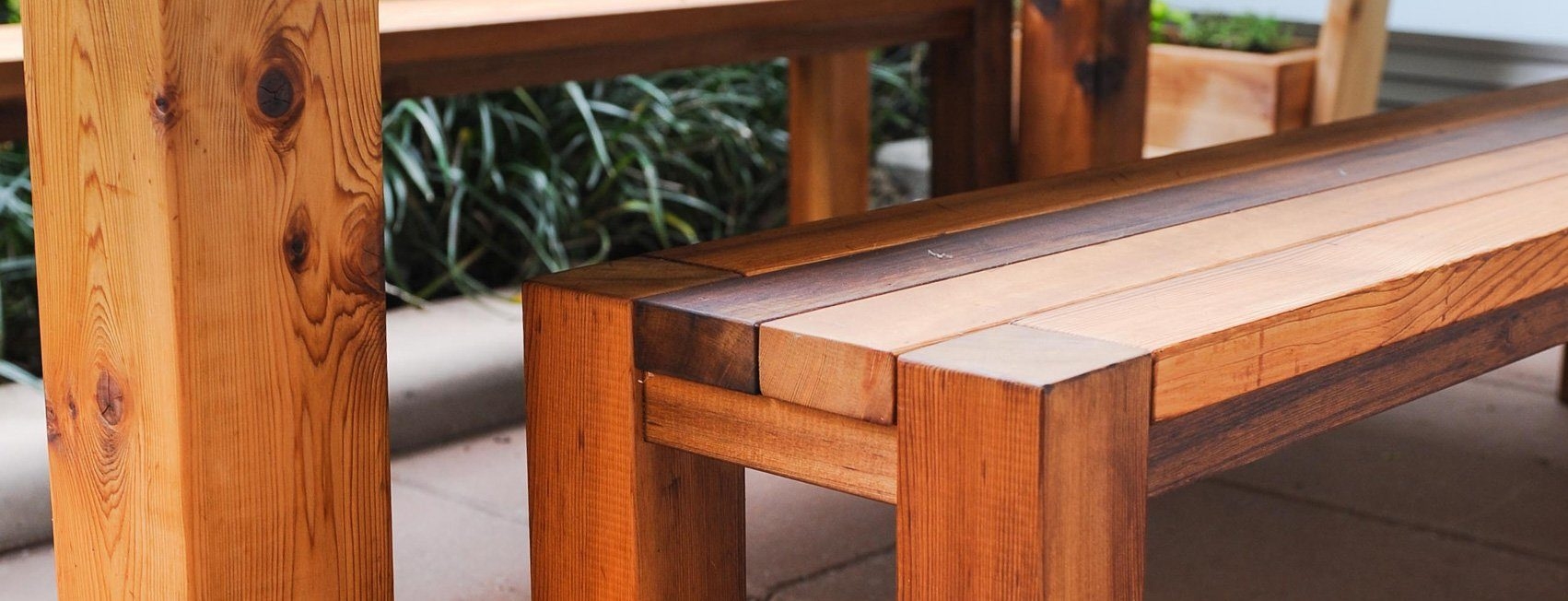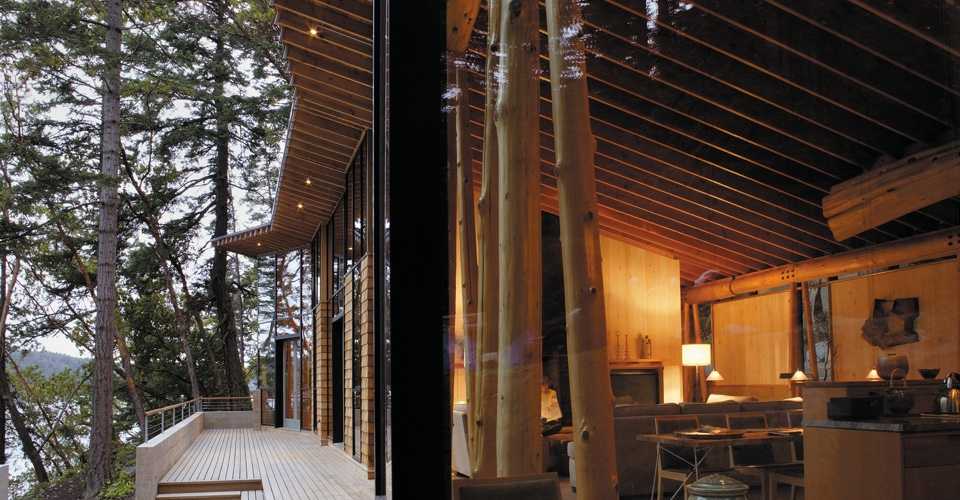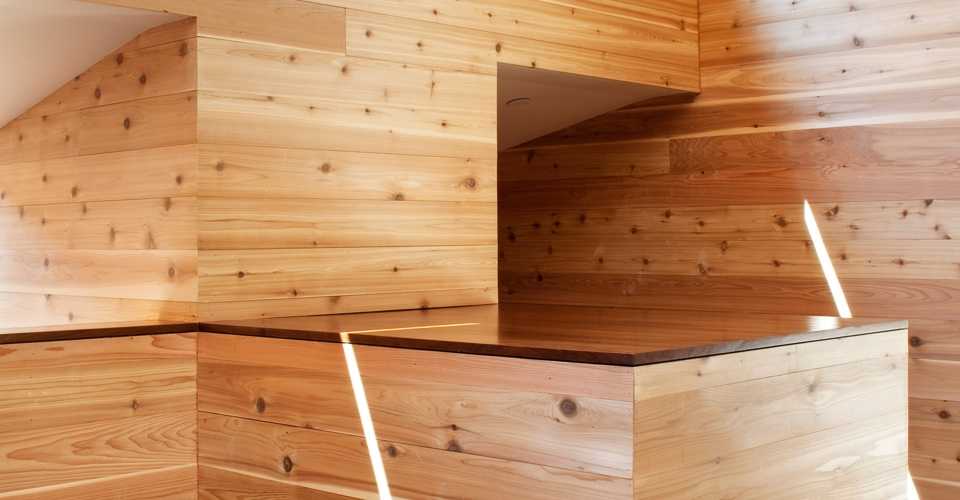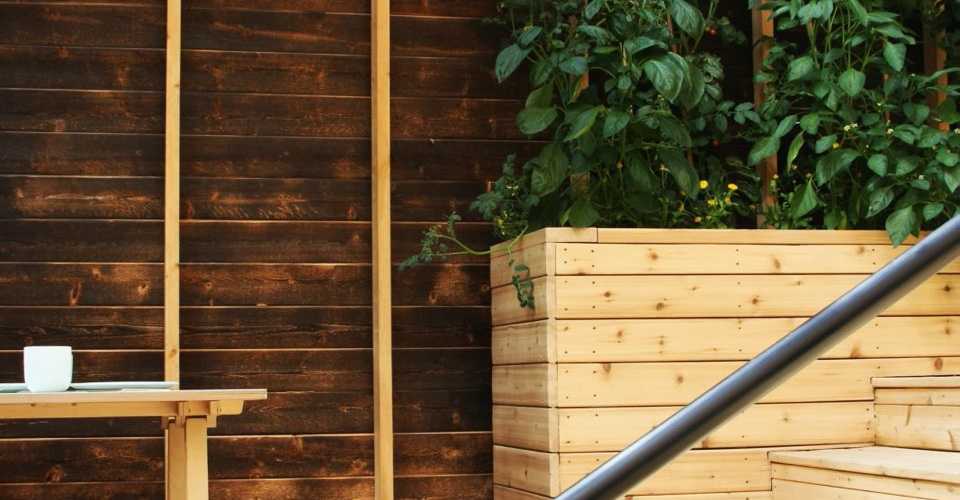Back
Back
Back
Back
Back
Back
Back
Back
Back
Back
Back
Back
Back
Back
Back
Back
Back
Back
Back
Back
Back
Back
Back
Back
Back
United Kingdom
Fasteners for Outdoor Projects
Recommended Fasteners
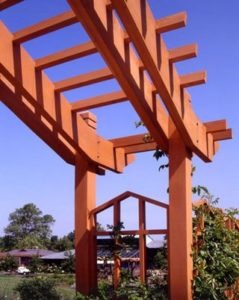 Large members require timber connecters other than nails. Bolts, lag screws, split rings and shear plates, and custom made hardware are commonly used in heavy timber structures where the joint’s strength must be greater than that which could be achieved with nails. These types of connecters should be corrosion-resistant or suitably coated to prevent corrosion and staining. Generally, the design of mechanically fastened joints must take into consideration a variety of factors such as end and edge-spacing distances, moisture content, service conditions, and the effect of the number of connecters used. Because the cost of fabricating and installing connexions may amount to a large percentage of the cost of a heavy timber structure, it is important to engineer the details of a structure before designing the timber members.
Large members require timber connecters other than nails. Bolts, lag screws, split rings and shear plates, and custom made hardware are commonly used in heavy timber structures where the joint’s strength must be greater than that which could be achieved with nails. These types of connecters should be corrosion-resistant or suitably coated to prevent corrosion and staining. Generally, the design of mechanically fastened joints must take into consideration a variety of factors such as end and edge-spacing distances, moisture content, service conditions, and the effect of the number of connecters used. Because the cost of fabricating and installing connexions may amount to a large percentage of the cost of a heavy timber structure, it is important to engineer the details of a structure before designing the timber members.
Screws can be used to fasten decks. Double hot-dipped galvanised screws can be used, however, stainless steel screws are recommended. For most applications a 304 (18-8) grade provides adequate corrosion resistance. For decks exposed to salt air, use 316 grade. Screws must be long enough to penetrate 1″ (25 mm) into support members. Penetration of 1-1/4″ is required for structural components.
Blind fastening systems create an attractive, fastener-free deck surface. They employ metal clips and/or joist top brackets that fasten the sides or bottom of the deck board to the joists so that no fasteners are visible. Blind fastening systems are the ideal complement to the beauty of Western Red Cedar decking.
© 2025 All rights reserved
Gatsby Website Development by Jambaree
